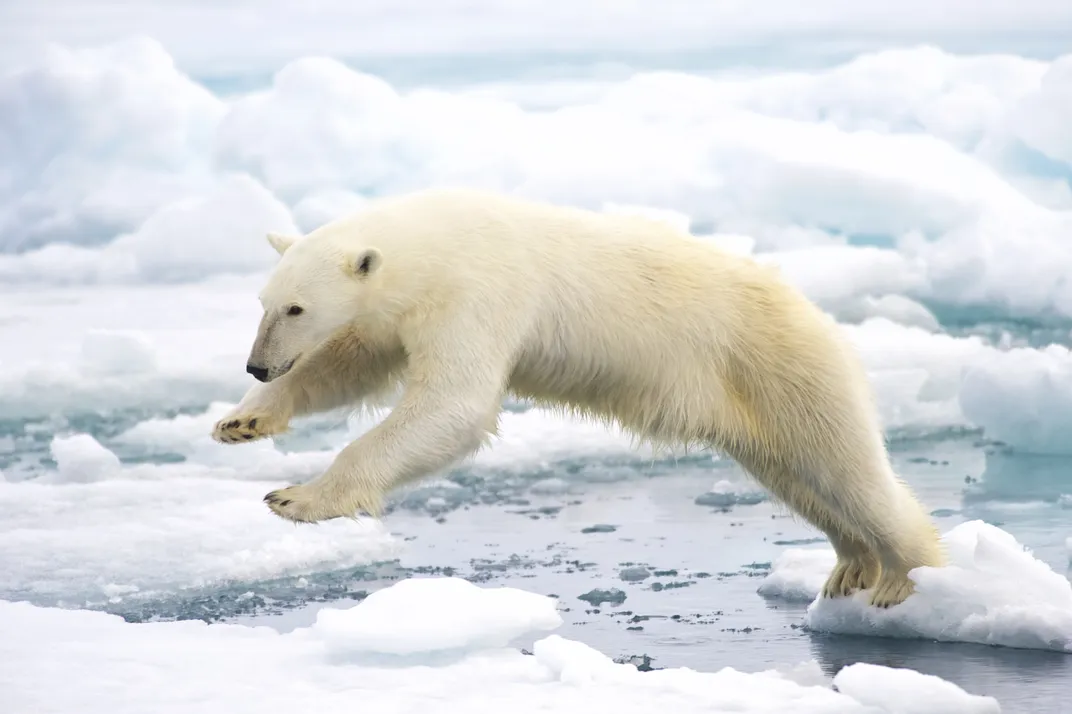The global polar bear population is estimated to be 26,000, with the species primarily remaining in the artic areas of Russia, Norway, Greenland, Canada and the United States. Glaciers and icebergs, where polar bears hunt, mate and rest when they’re not enjoying the sea, are melting, and the warming waters alter the marine life on which they depend.
During Polar Bear Week, celebrated the first week of November, animal advocacy groups around the world focus on these marine mammals, listed as threatened on the U.S. endangered species list, and what can be done to protect their habitats and increase their populations. Among the most recognizable mammals, polar bears are popular for their distinct white color and their adorableness. Take a look.
A polar bear leaps from one bit of ice to another.
Arturo de Frias, Norway, 2014
A magnificent polar bear in a classic portrait.
Daniel Zukowski, Canada, 2014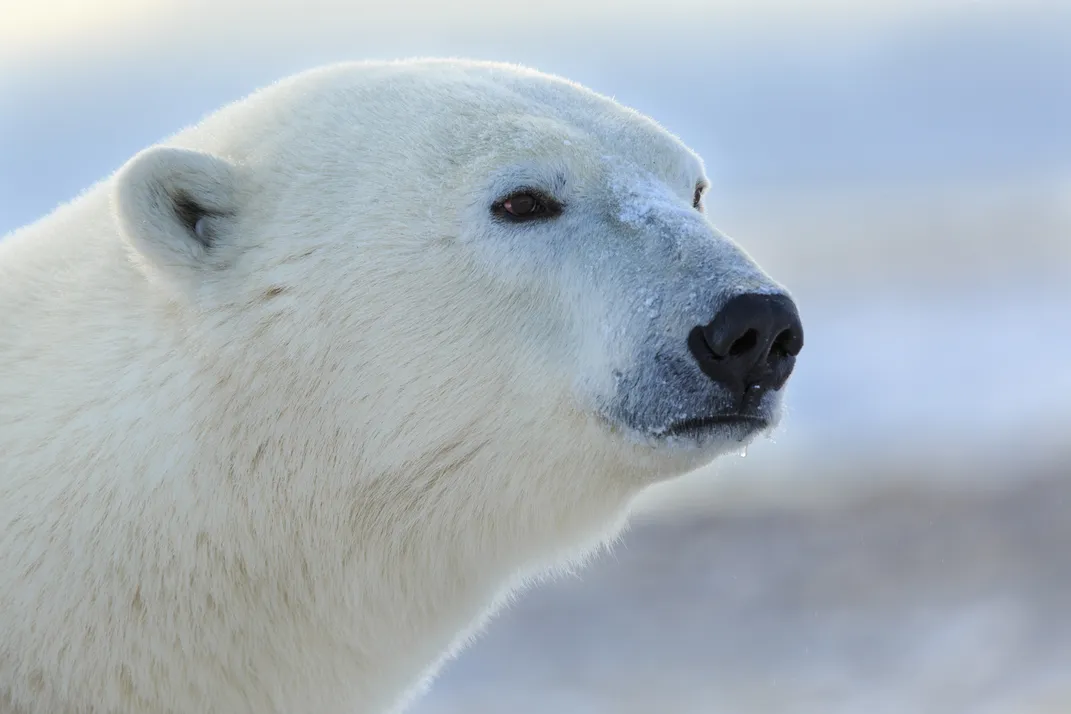
Polar bears’ paddle-like paws are perfect for breaking ice and moving through icy waters.
Prelena Soma Owen, Alaska, 2015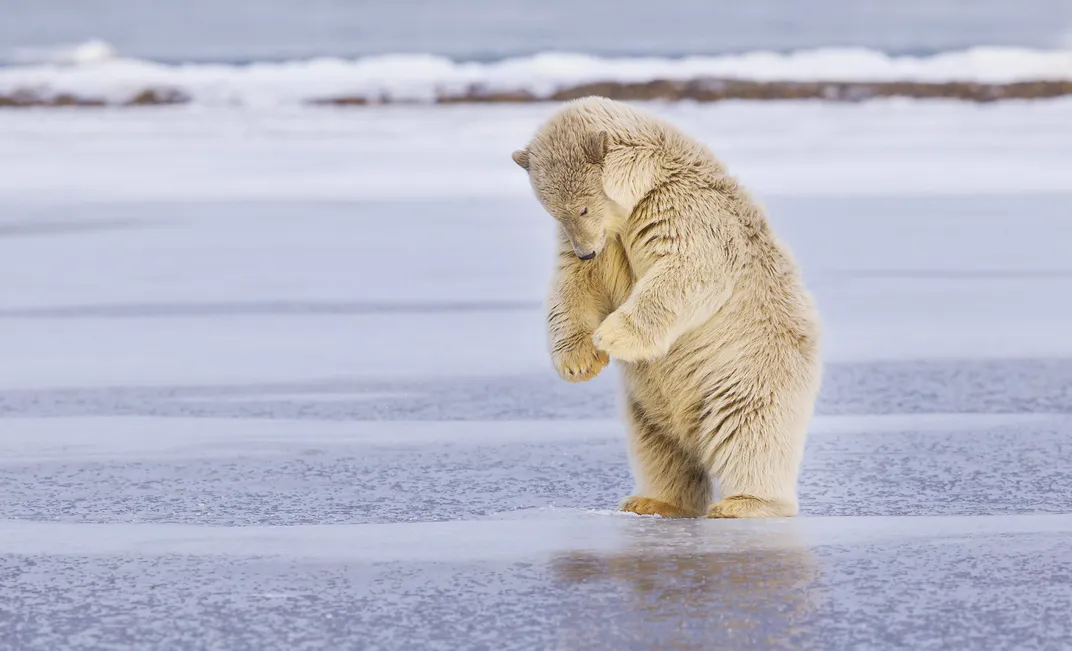
Like many animals in the wild, polar bears fight for survival, in part, due to the effects of global warming on their habitats.
Harry Skeggs, Norway, 2015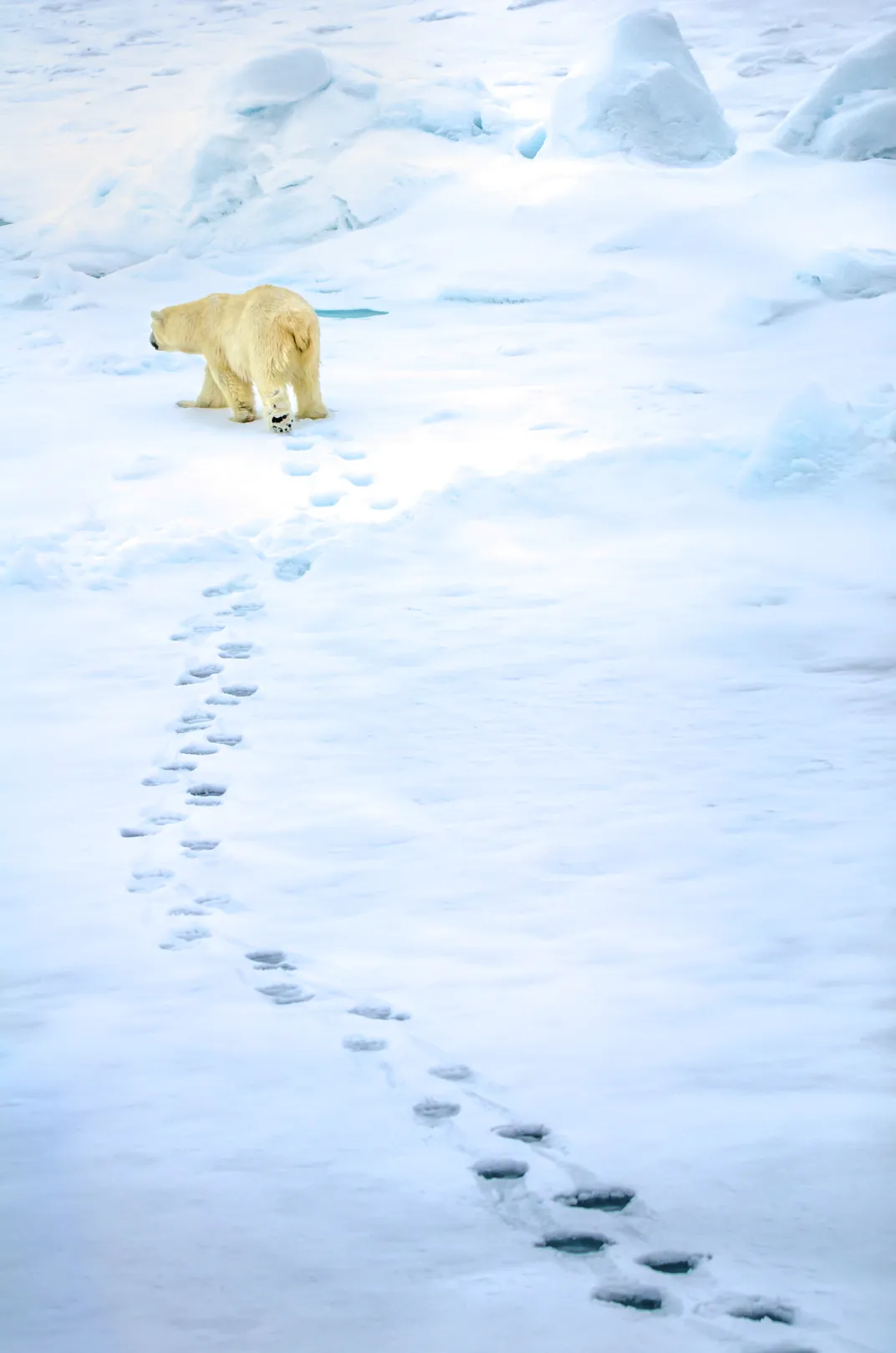
Polar bear mothers work hard to protect their cubs, which are sometimes threatened by aggressive males of their own species. The little ones spend around two years with their mothers, learning to survive in the harsh Arctic environment.
Yarin Klein, Norway, 2018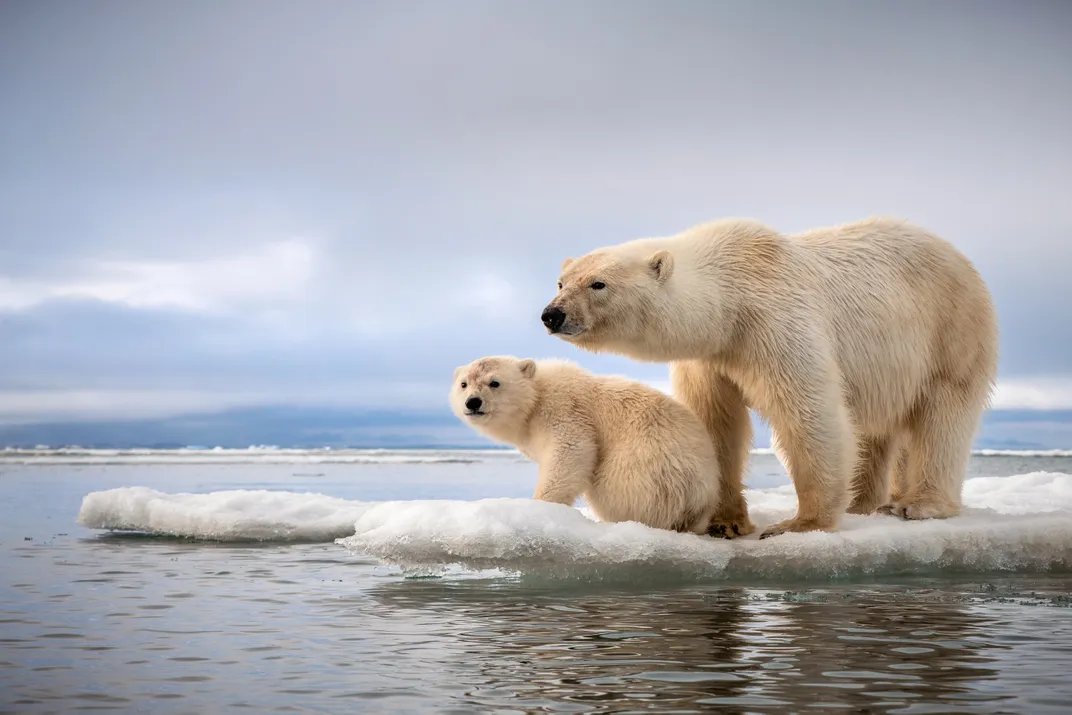
It’s not stranded. Classified as marine mammals, polar bears can swim for many hours at a time and for long distances.
Lisa Folino, Norway, 2015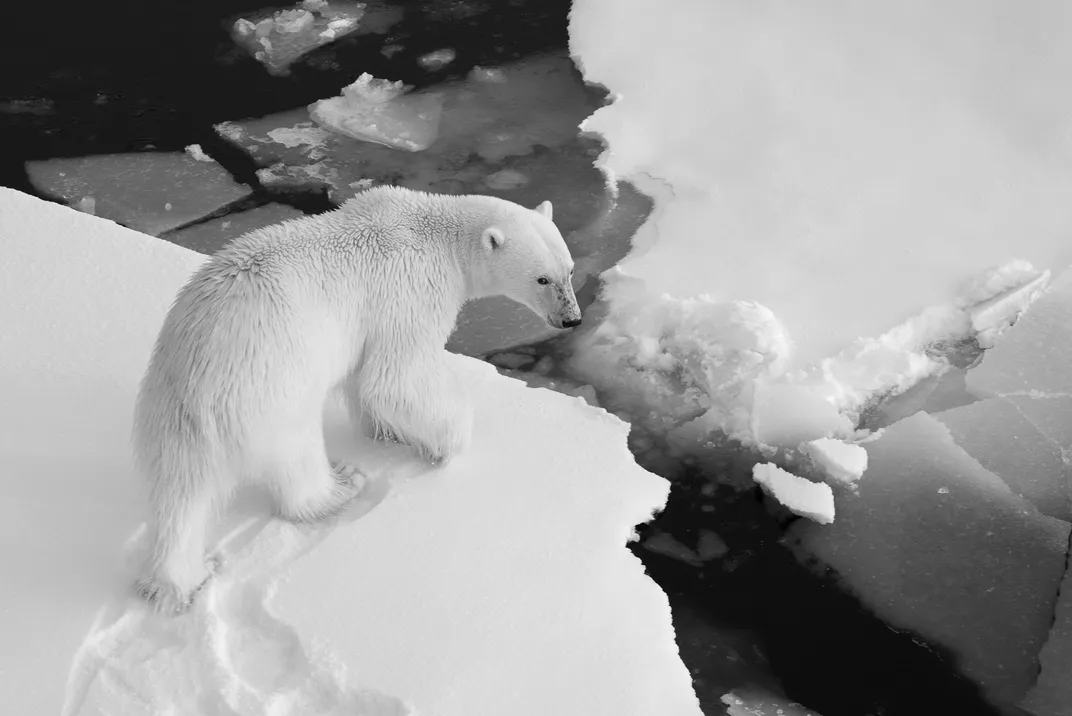
Polar bears, protected under the Endangered Species Act and Marine Mammal Protection Act, roam the vast frozen wilderness at the top of our planet. They’re found in Russia, Canada,…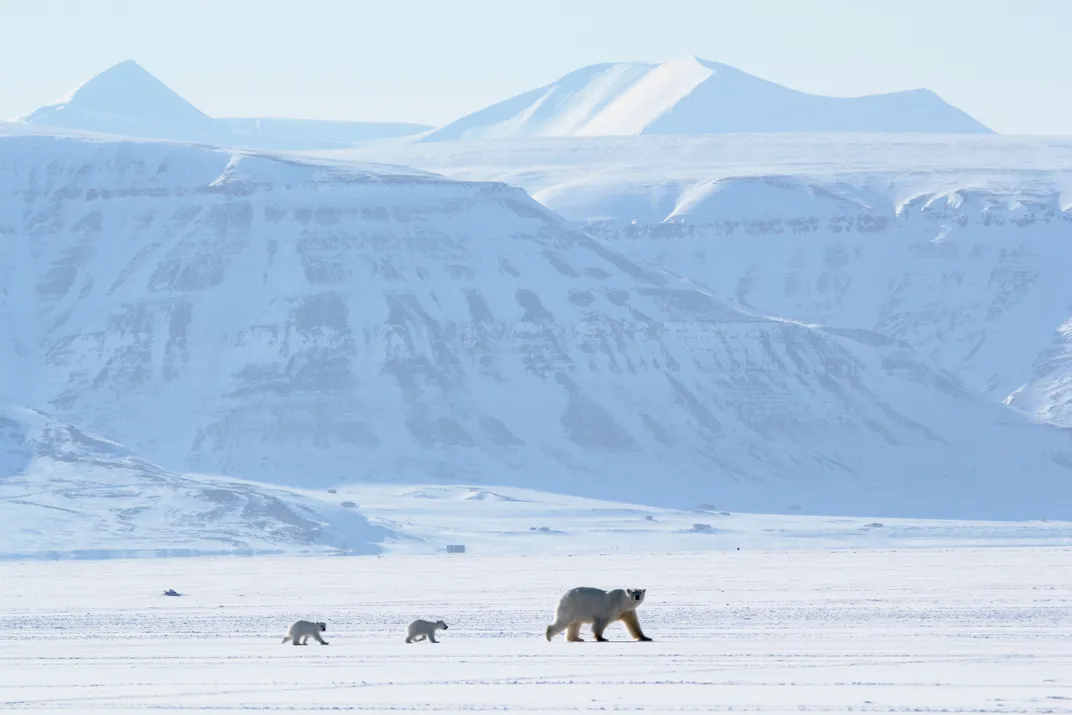
Click Here to Read the Full Original Article at Travel | smithsonianmag.com…
